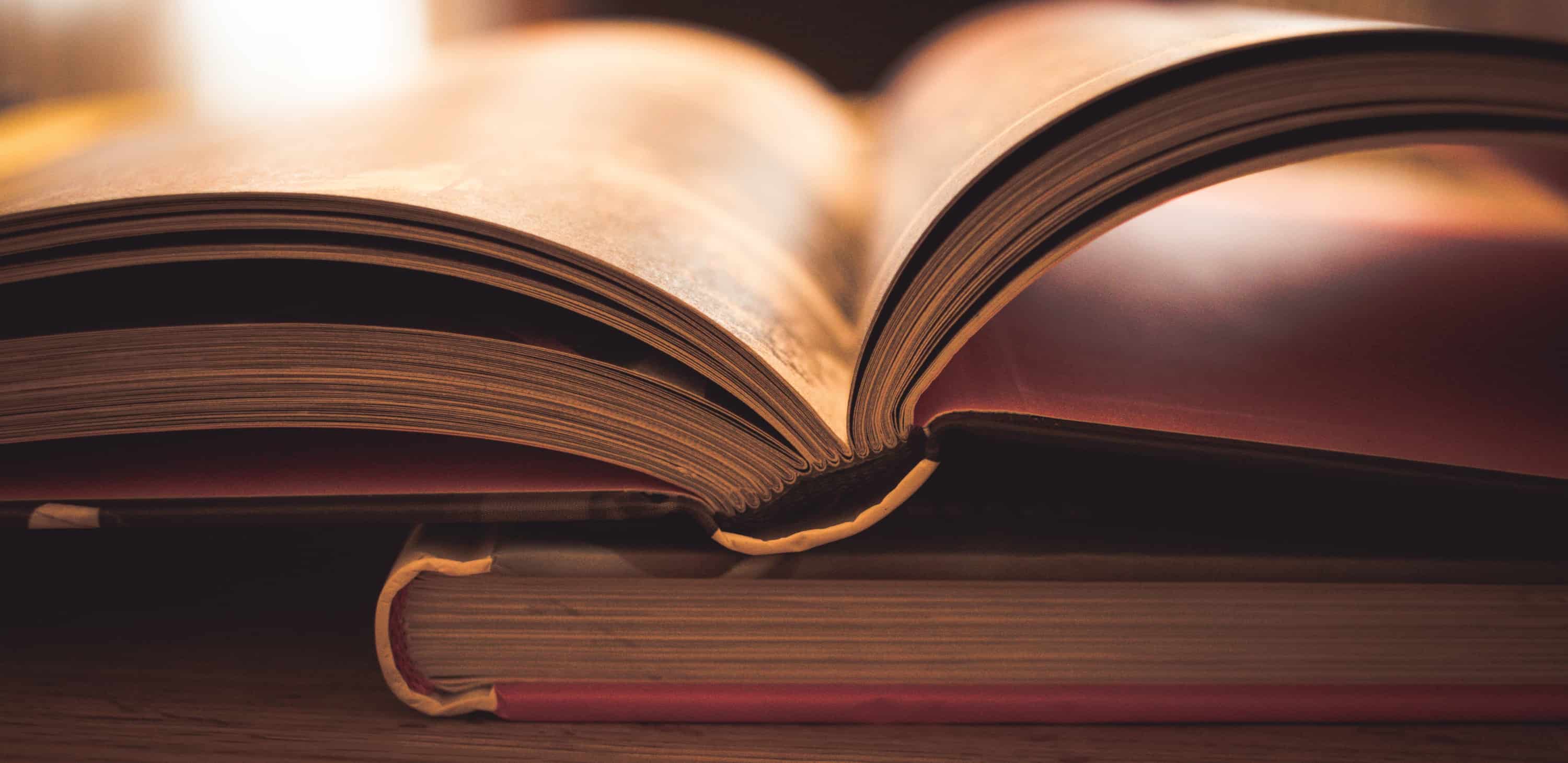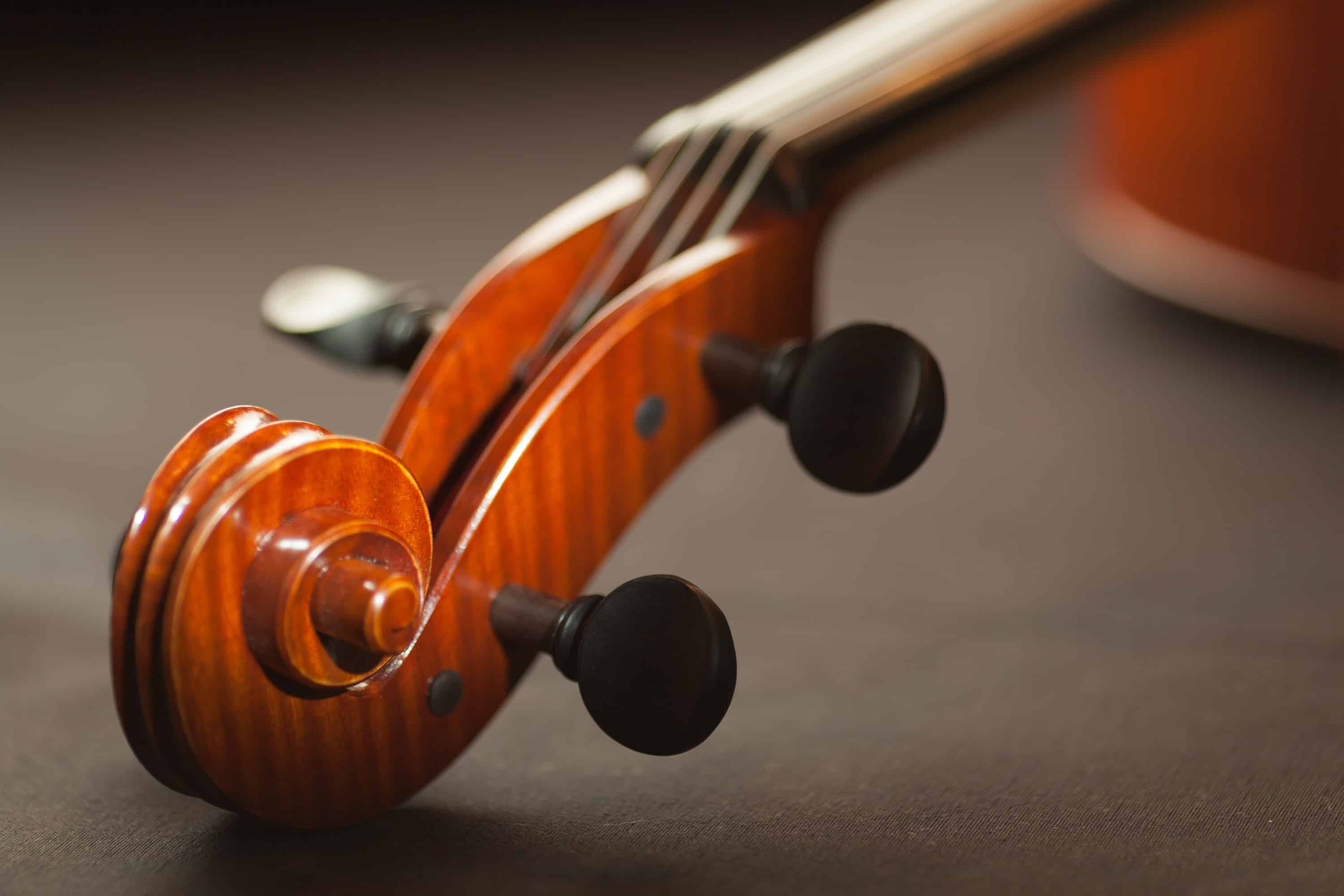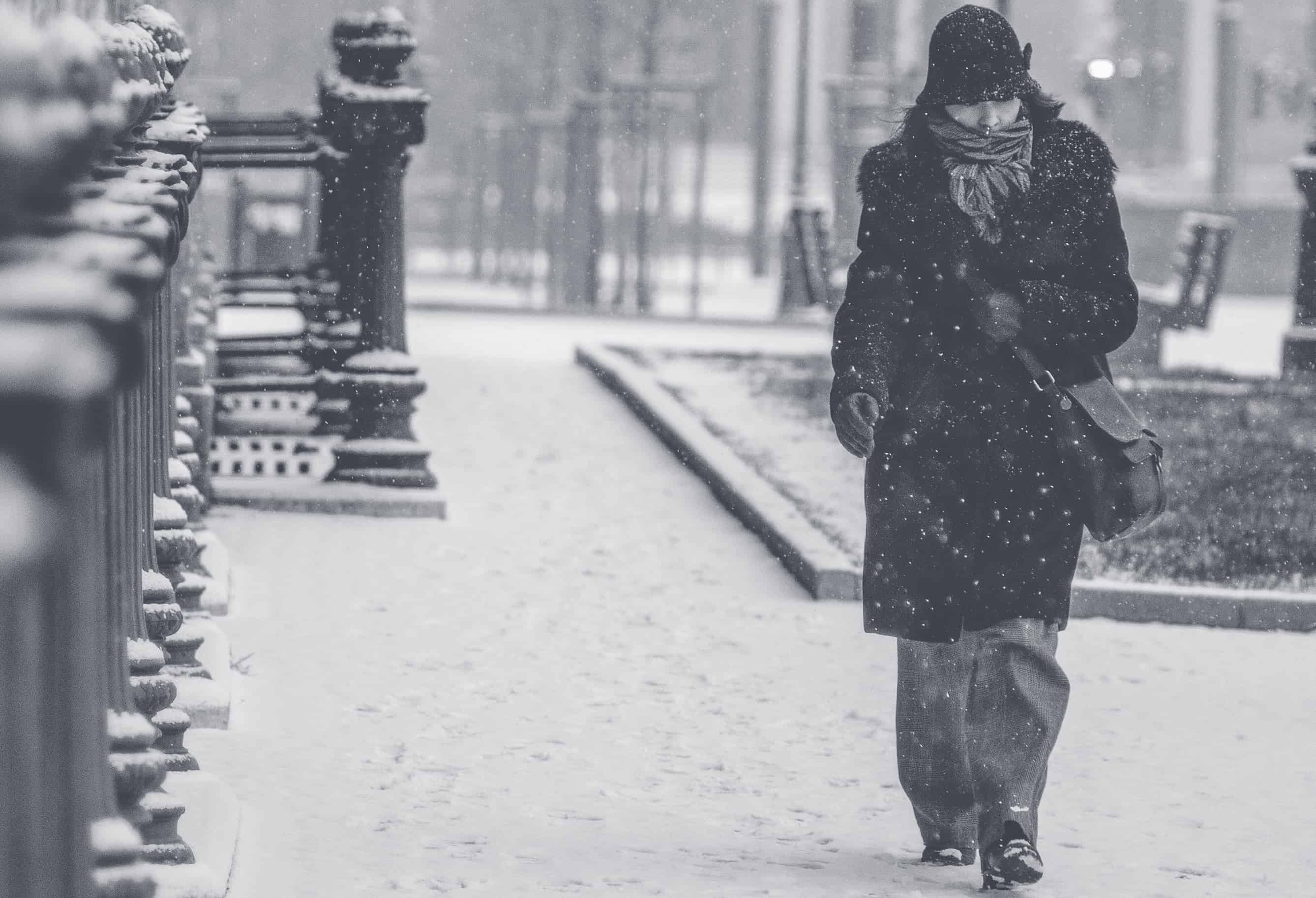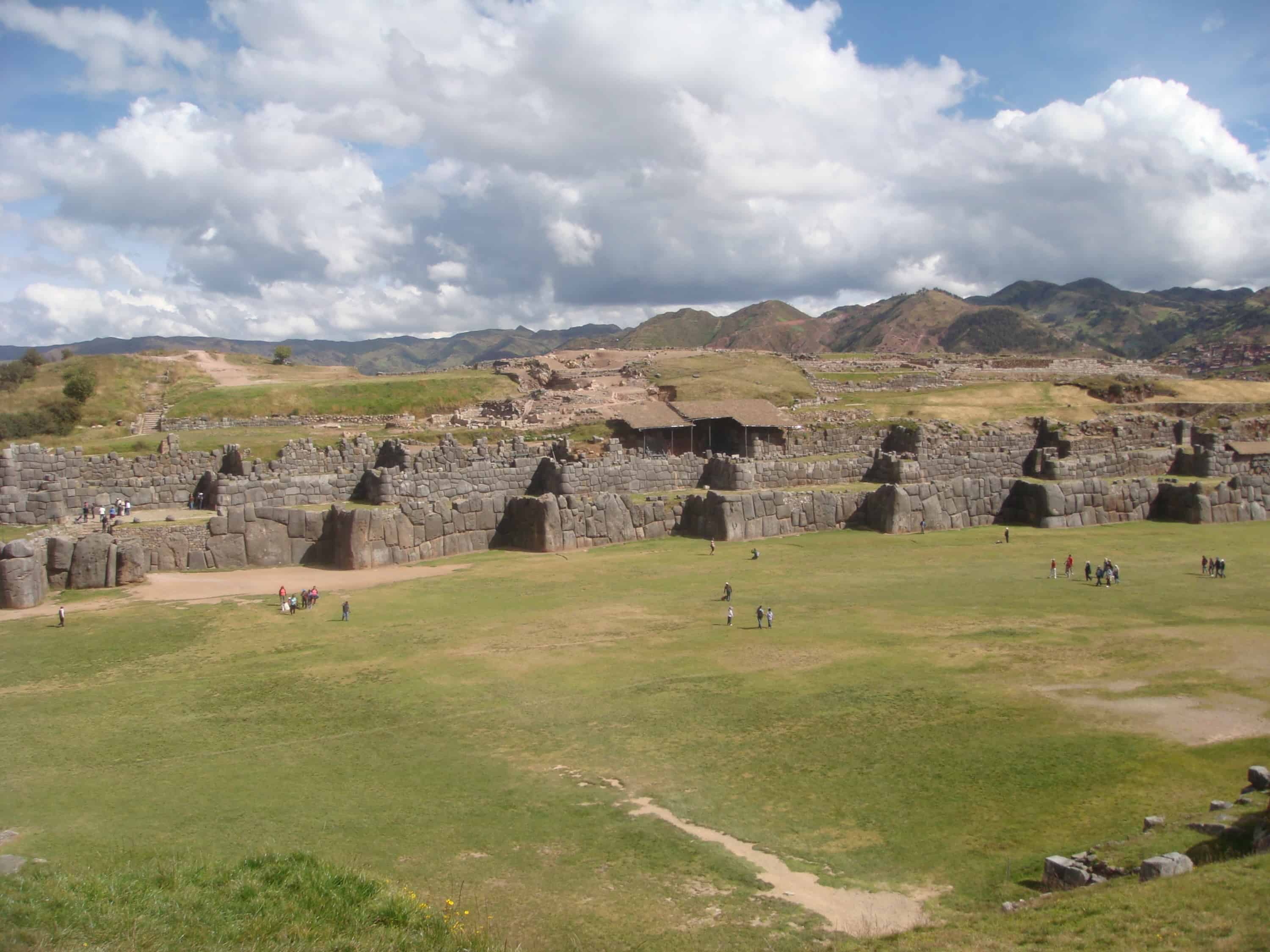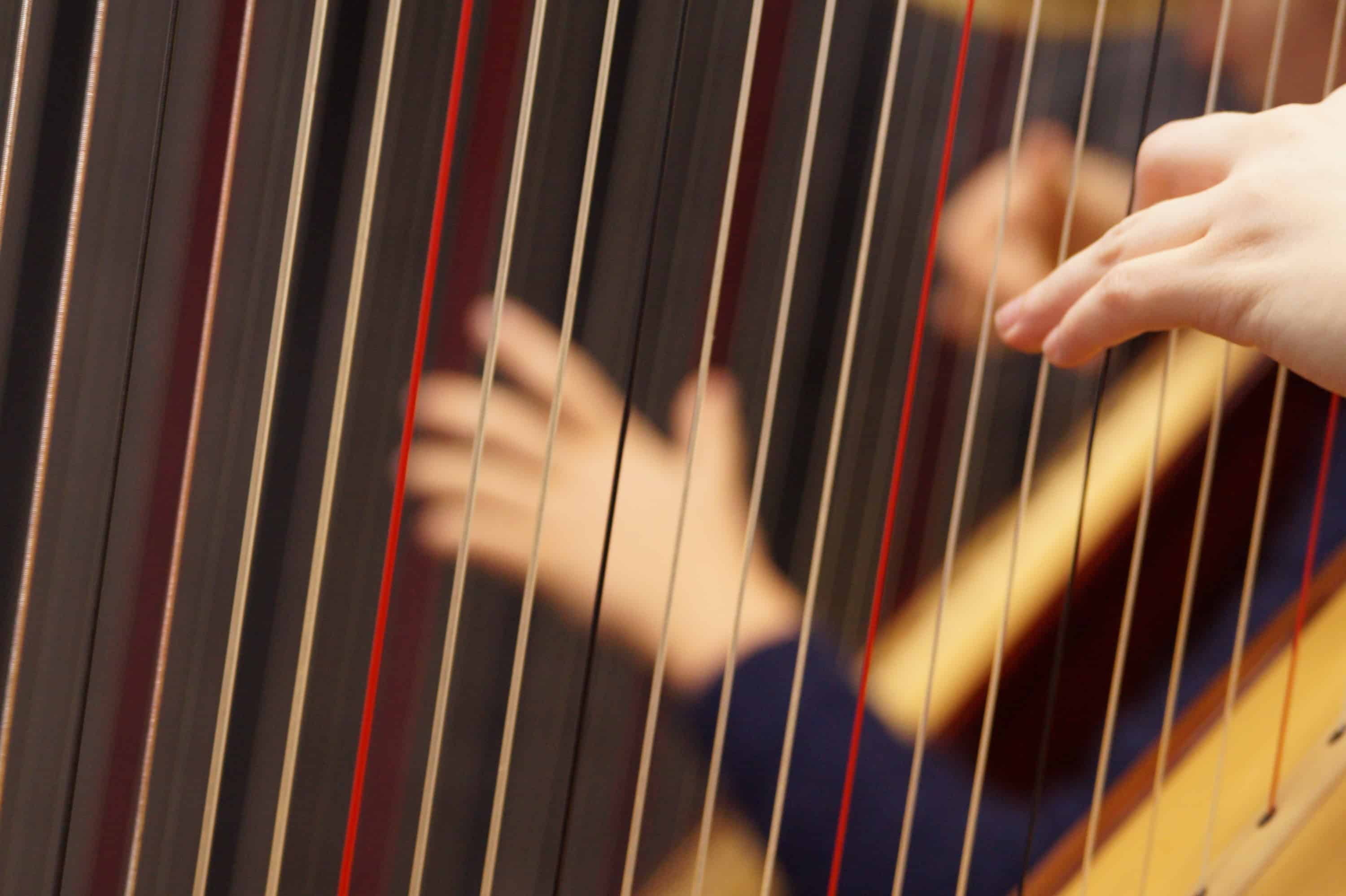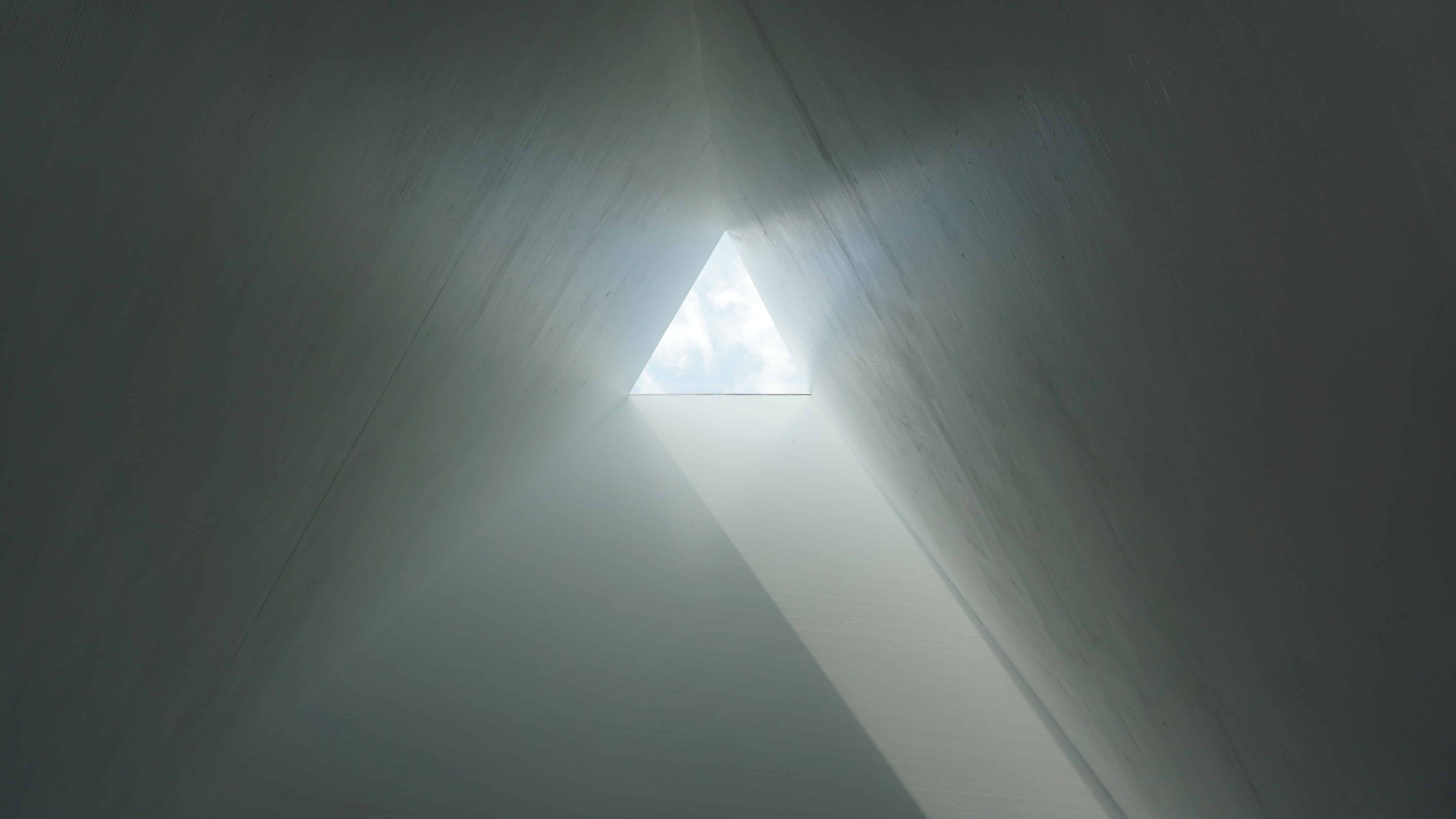Electroacoustic Composition 12
Rotations and Resonances [Part Two] (2012)
Single Movement for amplified string quartet, pre-composed tape, amplified prepared piano resonances and interactive concrete sound.
This is a single source, single movement electroacoustic composition for amplified string quartet and interactive media realised from the soundworld of a violin during 2012. It is the second part of a triptych of pieces sharing the same name and materials: Part One – Acoustic, Part Two – Electroacoustic and Part Three – Acousmatic.
During a period of lectures taught on twentieth century American classical music: specifically, the music of Elliott Carter and Steve Reich, the composer noticed how Reich’s music often influenced his own in many subtle ways, mostly on a subliminal level and seemingly only ever recognised in retrospect. This quartet consciously refers to the music of gradual process from Reich’s early years within a passage of rotation and repetition where the rhythm gradually alters to create a stream of pulsing melodic fragments, shifting-beats, contrapuntal rhythms and displaced accents. (See Rotations Rhythmic Process PDF).
Whilst the rhythmic structure for this section refers to the phasing music of Reich, the pitch content refers to the work of Elliott Carter and specifically his All-Triad Hexachord (ATH): 012478. The hexachord (C – C# – D – E – G – G#) can be heard in various guises throughout the piece and became the primary pitch material for the string quartet parts. (See Hexachord Pitch Organisation PDF).
Carter’s All-Triad Hexachord (ATH):
Carter Hexachord 35, Forte 6-17 [6-z17b]
0 | 1 | 2 | 4 | 7 | 8 |
C | C# | D | E | G | G# |
A hexachord is any sequence of six notes laid out in a scalic pattern. This hexachord takes its name from the fact it contains all twelve of the prime-form triads only once (within the octave): See ATH and Prime Trichords PDF …
012 | 013 | 014 | 015 | 016 |
024 | 025 | 026 | 027 | |
036 | 037 | |||
048 |
Alongside these two referential characteristics, this quartet also continues the composer’s own practical research using heterodyning frequencies to shape contrapuntal textures and resonant vertical harmony. These theories are used to colour, dilute, and abandon the pitch-content of the All-Triad Hexachord and help to establish a coherent form within the movement.
The combined and difference tones for all registers (frequencies) of Ab (chosen as the ‘prime’ pitch within the hexachord) were calculated and used to produce the many variables explored within the textures of the string quartet. (See Heterodyning Relationships PDF).
The following example can be transposed by the octave for all registers of Ab. In theory and although never physically present, Ab4 (middle Ab) is an omnipresent ‘invisible’ pitch sympathetically produced by each of the heterodyning pitch-pairs:
Concrete Audio (Pre-composed tape):
This electroacoustic version was composed around the pre-existing form of the original acoustic score: Rotations and Resonances: Part One – Acoustic. A symbiotic communication of aural cues and triggered responses evolved naturally between the combined resources whilst realising the final form. All concrete sounds were produced from the sounds of a violin.
It was initially planned that synthesised variable pitch-shifting sub-bass frequencies would be fed into dedicated sub-bass speakers to produce real-time acoustic heterodyning frequencies in the ambience of the concert hall during performance, but practical research found that it took an age for the ‘invisible’ sub-bass tones to literally heterodyne together into audible acoustic frequencies (resultant tones) and nearly blew-up the speakers during the process. Instead, a short example of this acoustic phenomenon was pre-recorded in a controlled studio environment as a separate concrete audio file that can be diffused into the speakers for a subtle (and optional) ‘ghost resonance’.
The main concrete audio is in six separate files: an introduction (which starts the piece) and five additional files, which are triggered on cue (written in the score). This format allows the live quartet to be more flexible with their timing and tempo and increases the level of real-time interaction between the musicians and the mixing desk.
The score tells the engineer when to trigger the concrete audio files and instructs the musicians to listen for important cues. Timings given in the score have been synchronised to digital audio playback of the EAS Guide Form (recorded with silences), so that the string quartet can rehearse most of the work without the need for an engineer. This file is available from the composer via the addresses given on this website. The chronometric timings obviously become redundant when realising the work live, reading from the score and using the triggered (interactive) concrete audio.
Optional Prepared Piano Resonances:
Low frequency bass resonances (LFE) from the concrete audio can also be fed to a sub-bass speaker that is placed directly under a pedalled grand piano (preferably housed offstage and/or out of sight) to stimulate subtle sympathetic resonances that can be amplified during performance. The speaker should have its bass feed exaggerated and should be almost touching the underside of the piano.
The piano should have its strings muted with blu-tac (or rather epoxy free white-tac) so that only the notes of the All-Triad Hexachord (ATH) are resonating. The chord should be prepared, and the piano pedalled with a stage-weight before performance. Adjacent semi-tones (C – Db and G – Ab) should be avoided as much as possible when preparing the piano (See ATH Rotation Tables PDF).
The lid of the piano should be almost closed, and the sympathetic resonances amplified through two ‘live’ microphones placed in x/y stereo as close to the strings as possible. The sound produced is subtle but can offer an enhanced atmosphere: a reverb-type resonance, which sounds very effective in some concert halls. The score offers suggestions where it is suitable to amplify the piano resonances, but this element can be omitted to simplify concert realisation if required.
Amplification and Diffusion:
The concrete sounds (precomposed tape) should be diffused to eight speakers (4 stereo pairs) placed in an equidistant circle around the audience, but there is also a premixed stereo version available to simplify concert realisation.
Ideally, each member of the string quartet (positioned front and centre in traditional placement) should be amplified with their own stereo x/y condenser microphone, and the collective sound mixed into a separate dedicated pair of speakers placed either side of the stage (front a/b stereo). Obviously, the technician is responsible for establishing the balance between amplified media and amplified string quartet. The musicians will also require monitor speakers through which they can hear themselves and the audio cue points.
The score also suggests a few places where it would be effective to add some digital reverb and multi-tap delay to the sound of the amplified string quartet. The use of the additional live digital effects is optional.
Brief Synopsis:
Rotations and Resonances [Part Two – Electroacoustic] is a serious piece exploring a highly dissonant and (at times) quite aggressive soundworld wrapped within a complicated macro form, and subdivided into an even more complex meso form that is paced by the triggered sounds, near acoustic saturation, resonance and silences of the concrete media.
The acoustic part-writing focusses upon intricate micro units of pitch rotations, rhythmic process, repetition and phasing, which combine across the textures of the quartet to produce close-interval vertical harmony and linear counterpoint.
The serious and aggressive soundworld is certainly not catering to popularist tastes, but the moments of release grow more influential as the piece progresses and (of course) the composer remembers to ‘let the instruments sing’ in lyrical linear counterpoint and interact with more consonant heterodyning harmonies in the latter stages of the work.
The movement closes in a near modal pitch language with a texture reminiscent of a retrospective plainchant SATB setting, with only the amplified concrete ghost resonance of heterodyning frequencies and the omnipresent, but almost subliminal sympathetic real-time resonances emanating from the prepared piano subliminally resonating and positioned out of sight from the audience.
Rotations and Resonances [Part One – Acoustic]:
There is an acoustic notation of this score available, which is very similar to this electroacoustic version except for tape cue points, references to concrete audio cue-points and chronometric time. The acoustic version is approximately fourteen minutes in length.
Acknowledgements:
Thanks go to the Rodewald Concert Society and Arts Council England for commissioning this work. Further thanks go to violinist-musicologist (and friend) Dr Alberto Sanna for recording the primary sound material from which the concrete parts were composed. Final thanks go to fellow composer James Wishart for initially proposing this project.
Direct Pdf Links :
Additional Resources ...
A sound palette of 78 mono audio samples exploring the soundworld of the violin used as the single sound source for this piece (recorded during 2012). The files are available to use as open access source recordings for electroacoustic and acousmatic composers (141MB of 16bit Wave Audio).


